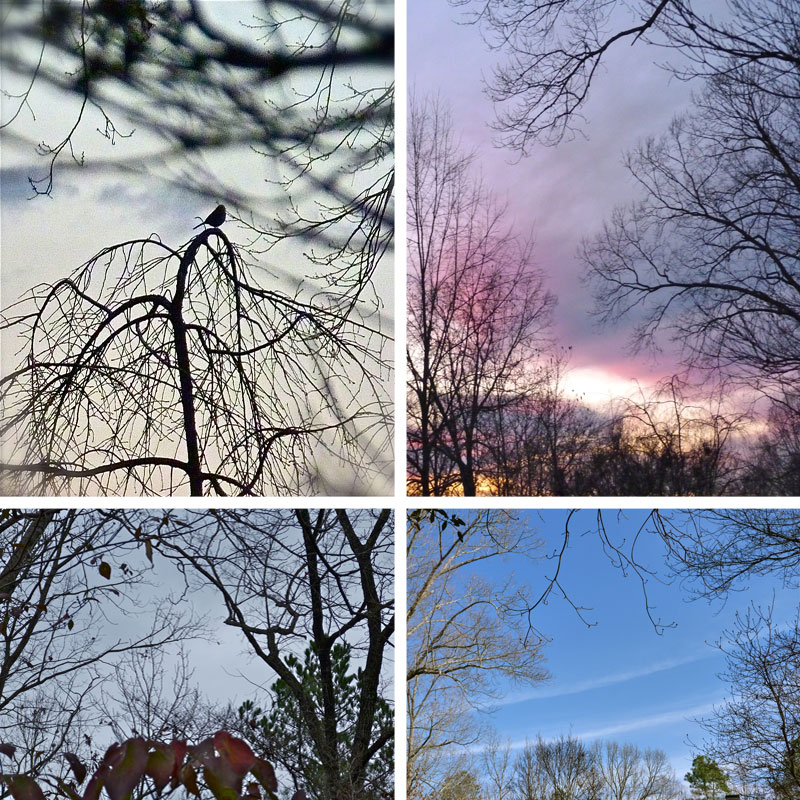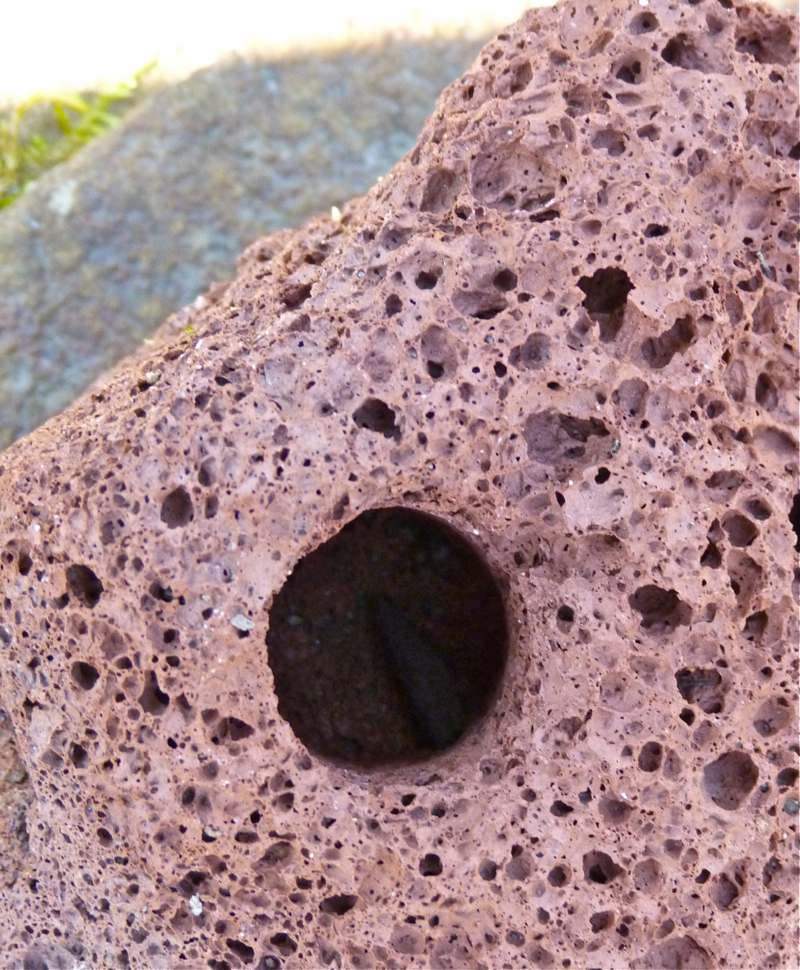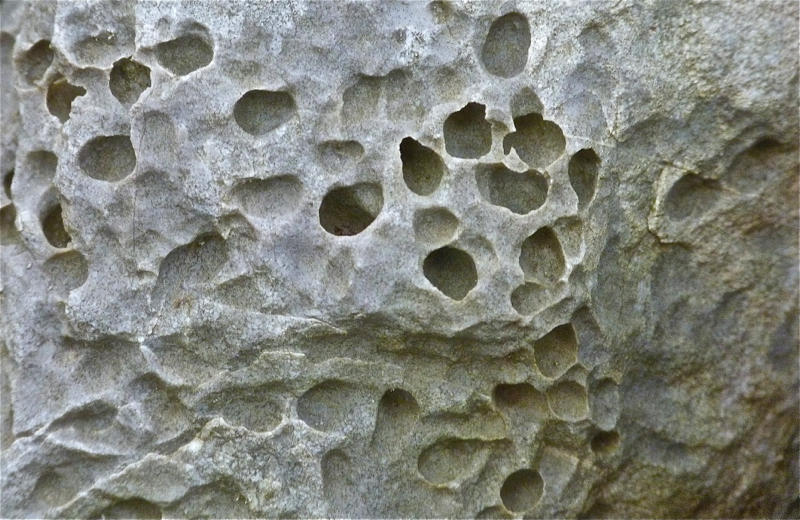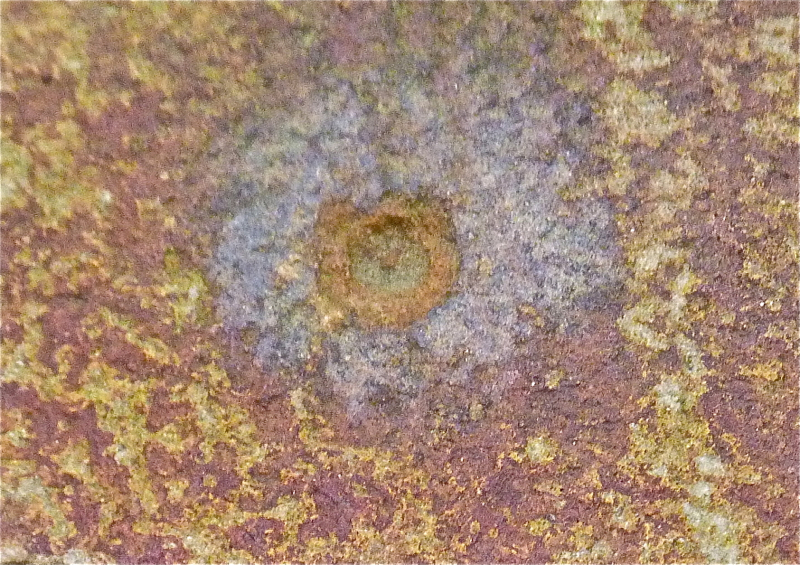Yaupon Holly: An Unsung Hero
 Monday, January 7, 2013 at 3:00PM
Monday, January 7, 2013 at 3:00PM I first purchased yaupon holly because I wanted something that would not die. I was frustrated with azaleas and other plants that had suffered in the summer heat and bright sun of the front garden. I wanted an unfinicky plant to provide evergreen structure to the garden, and, among all plants in my garden, it has succeeded beyond my expectations.
In 1993, a blizzard, a once in a lifetime experience here in the Deep South, dumped three feet of snow atop recently planted 'Compacta' yaupons, a dwarf variety in the front garden. Though many other plants were damaged, the yaupons were unfazed. Since then they have patiently endured blazing heat, draught, and torrential rainfalls. A native of the southeastern USA, this is one tough plant that suffers from commonality but nevertheless continues on as an unsung hero.
Top left: A summer view of yaupons amidst other shrubs growing in the front garden. Top right: In a fall view of another part of the front garden, dwarf yaupons grow in association with silvery artemesia 'powis castle' and nandina 'firepower'. A brilliant Japanese maple grows in the background. Lower left and right photos both show dwarf yaupons growing in the woodland garden, late winter. Note the looser, more natural form of these less pruned specimens.
Yaupon holly, Ilex vomitoria, acquired its botanical name from a Native American custom of using the plant to make a strong tea for use in certain purification ceremonies, which involved vomiting. Not a glamourous name, but I think they are beautiful. Yaupon holly may grow as an evergreen shrub or as a small upright or weeping tree. The females produce bright red berries that are an important food source for many birds. We have a weeping yaupon holly tree near the glass doors in our kitchen, and it is a joy to watch the birds in this tree in late winter. I once saw a flock of mockingbirds strip it of its berries in a single day.We have a good view from our kitchen table of this weeping yaupon holly and its popular berries.
The shrub forms look a lot like boxwoods, with small glossy leaves, dark green above with slightly paler undersides, and the dense, slow growing shrubs are easily pruned into hedges of various shapes. My oldest 'Compacta' matured to about five feet tall and wide. At first I planted my immature plants too close together and eventually had to remove about half of them because they were growing into each other. Yaupon is a common landscape plant, and I often see rows of these things in front of pharmacies and quickie marts, all grown together to form undulating worms. Not the look I was after! The good thing is that I only paid a few dollars each for small ones, so I didn't feel too guilty.
Yaupons grow best in partial shade to full sun in hardiness zones 7 to 10 and will grow in clay, loam, and sandy soils. They tolerate salt spray, wind, and heat and adapt to a wide variety of soil moisture conditions. They are rarely bothered by disease or pests and succeed when many other evergreen hollies struggle.
I like the looser look of a minimally pruned yaupon, and this is how they grow in the woodland areas of my garden. I only snip wild shoots once a year on these, and I would prefer to do the same for the ones in the front garden. But this is where marital compromise has asserted itself. Lou is the owner of a power hedge trimmer, and he loves to use that thing. I have given the ancient boxwoods that grow around the foundation of our house over to him, after clear instructions on how to prune them. He does an admirable job, though sometimes scalping them too severely for my taste.
But a man with a power tool is a man on a mission, and sometimes he casts his eyes upon my yaupons, and if they are growing out of bounds according to his taste, he is sorely tempted. More than once he has sheared them into harsh balls I despise. I prefer to use a good quality manual hedge trimmer, a much more precise tool that gives a softer look and damages the leaves less. Power trimmers, though faster, leave brown edges where they rip through the leaves.
I trim the dwarf yaupons after new growth begins in spring and again in fall as needed. It is important to trim yaupons, boxwoods, and similar shrubs so that the widest part of the plant is at the bottom, tapering slightly toward the top. This allows sunlight to get to the bottom branches. Too often shrubs are pruned only across the top, resulting in sparse or even naked bottoms, not a pretty sight!
I hope you are having a great week! Deborah
 Permalink
Permalink 




